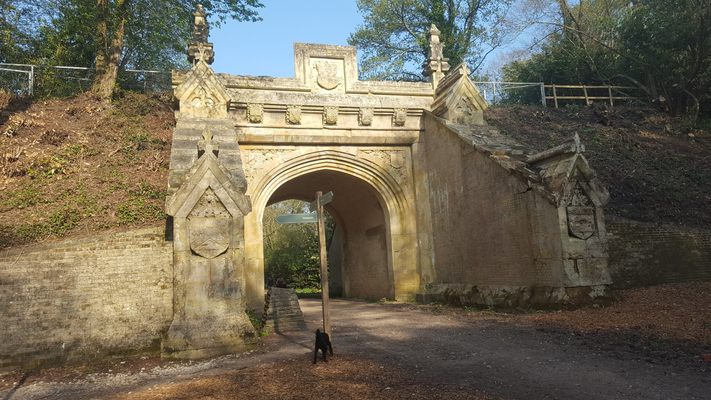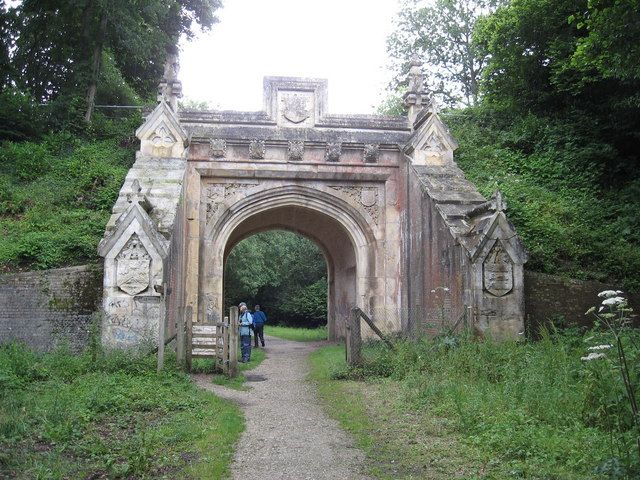About
After passing through a 19th-century turnstile, visitors to this area will come across the amazing Lady Wimborne Bridge, also known as the London and South Western Railway Bridge 77.
The bridge boasts some of the most elaborate carvings of any railway bridge in the country. It's a reflection of the power landowners had over British railway companies during the 19th-century. It's said the bridge was designed to replicate the exultant arches, which often guarded grand country estates. They were also crafted to impress those who found themselves on the main driveway to Canford Manor.
The bridge is believed to be the work of architect Charles Barry Jr., who designed the bridge around 1853. The last train passed over the tracks in 1977, and today it stands simply as a Grade II listed structure—a magnificent artifact of railway history.
Related Tags
Know Before You Go
A 19th-century turnstile marks the beginning of Stour Valley Way. A little more than 40 meters from the river Stour, this part of the bridleway makes for a pleasant walk. If you're cycling, you'll want to get onto the riverside towpath for better views at the earliest opportunity.
The central crest on the bridge is that of Sir John Guest, one of the greatest iron founders of the time, who bought the Canford Estate in 1846.
Published
January 6, 2021






















